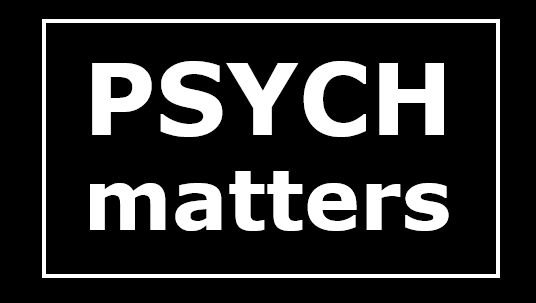I joined Twitter some months ago, and then quickly became one of 60% U.S. Twitterers that Nielsen found didn’t return a month after joining. But now I have to do some rethinking.
I’m a member of a social networking group called College 2.0: Higher Education, Online Learning, and Web 2.0. Here is a recent post to a discussion forum where the topic was Twitter (reproduced here with permission of the author).
For a long time, I’ve been a big fan of Facebook, and I’ve been thinking about ways I might somehow incorporate Facebook into my classroom (given that I know many of my students use it, and it seems like it might be something that could engage them and get them excited about learning statistics). I still haven’t figured out a way to use Facebook in my classes, but I did think about something I could do with Twitter. This summer, I asked my students to “tweet” about things they were finding in the news or online that related to statistics (e.g., news reports that included statistical information, uses or misuses of statistics, interesting graphs, cartoons, data sets, websites that teach statistics, survey or poll results, YouTube videos, etc.). I thought this would be a great way to emphasize statistical literacy in my course and to help my students become more savvy consumers of statistical information they are presented with in the “real world” on a daily basis. These are definitely learning goals in my courses. I presented this as an extra credit opportunity to my students (they would get a point for each “tweet” they posted, and they could post up to five “tweets”) and I provided them with information about how to set up Twitter accounts if they did not already have one. I had 20 students in my summer course, and 15 of them signed up for Twitter and participated in my “experiment.”
I’ve been so excited about how this went and how involved my students got in this “experiment” that I plan to continue doing this in future classes. It got my students looking for how statistics is used (or sometimes misused) in the “real world,” and I can’t tell you how many discussions I overheard my students having before and after class about things they were finding that they wanted to “Twitter” about. One of my students–who is also a teacher–actually e-mailed me yesterday to tell me that this Twitter experiment gave him many ideas for how he might incorporate this technology into the courses he teaches. Plus, I found this exercise was a great way for ME to make announcements to my students about things I was also noticing in the news. I don’t always have the time to go over these things in class, but using Twitter allowed me to get the word out and to model the kinds of questions I hoped my students would ask as they came across different information presented in news reports, polls, and journal articles.
If you want to learn more about what I did and see some examples of the kinds of posts my students and I put up on Twitter, you can follow me and my class on Twitter. You can follow me at www.twitter.com/MGEverson, and, if you enter #epsy5261 as a search term, you’ll see things that we all posted.
I realize I am very biased here, but I think this could have some potential in many classrooms, and that’s why I wanted to share it here. It’s a way you can incorporate more technology in your course if you want to, and I also feel it’s a good way to get students thinking about how what they are learning about applies to their everyday lives. For me, teaching statistics is sometimes a challenge because many of my students are taking the course because they HAVE to, and some are not very motivated to learn the material (or are very anxious about it because they assume it’s just a math class). For those students who come to our courses with little motivation or interest in the subject, this might engage them a bit more, especially if they are interested in social networking. I’ve learned through doing this (and talking to others–like you–about Twitter) that there are so MANY other ways in which Twitter can be used in the classroom, and to me, this is exciting. I can’t wait to experiment more!
One thing I must admit, however, is that my course is a graduate-level course. I would hope this would work in a similar way with undergraduates, but I haven’t tried it yet with my undergraduate course. Hopefully, the next time I teach that course, I can try it.
Michelle Everson
Department of Educational Psychology
University of Minnesota
When classes begin this fall, I’ll ask my (undergraduate) students if they Twitter. Whether they do or not, I’ll ask if they would be interested in the sort of experiment that Michelle Everson tried.
Has anybody else used Twitter in a course? What did you do, and how did it work?

